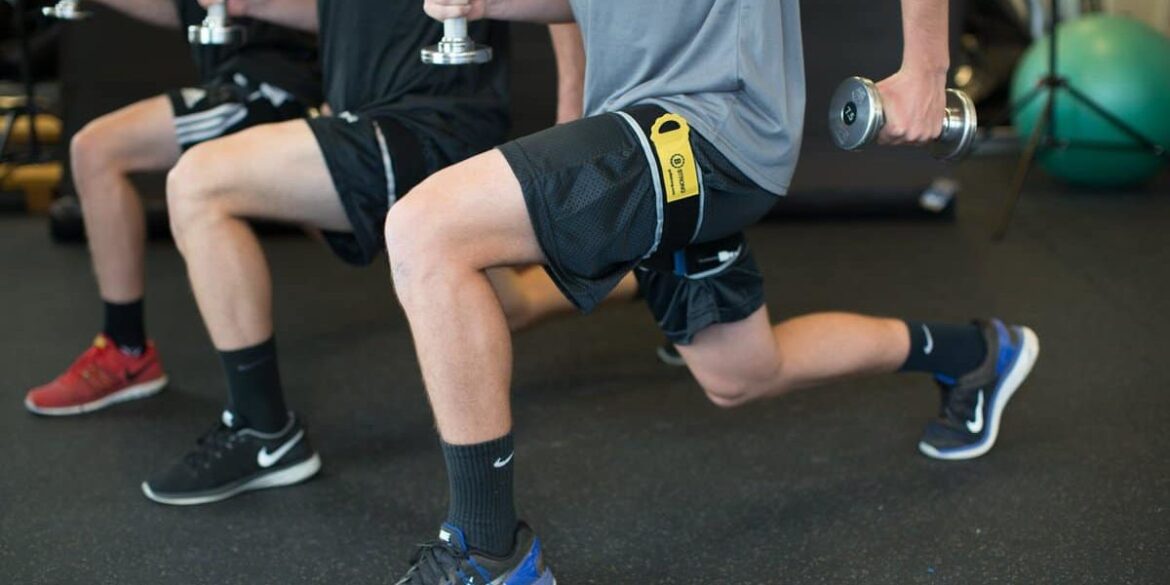Blood flow restriction (BFR) is a technique that incorporates less strength exercise with blood flow blockage. It produces the same results as high-intensity training. The procedure involves the application of pneumatic cuffs to the upper arms or the lower legs. However, it is important to note that the blood flow restriction cuffs can only be applied on either one or both upper arms or lower legs but not the four limbs at once.
The BFR technique has been used in gyms for some time now but it is gaining popularity in other places like athlete’s rehabilitation training and clinical population such as the seniors. Here are six benefits of using blood flow restriction cuffs for athletes in rehab training.
Increase Endurance During Physical Therapy
Physical therapy is not always friendly and using the BFR techniques can make it less painful making the therapy session productive. The BFR is not comfortable itself but consistent exercising will increase your tolerance to pain. Also, the use of light load causes less strain to the joints and muscles. The procedure is also known to promote the healing of muscles and bones. In addition, it also encourages mental toughness.
Recovery From Injury
It is vital to take a rest after an injury. However, to avoid the loss of strength and functioning during recovery, coaches use light loads on injured athletes to help them recover faster. In addition, blood flow restriction cuffs help to improve the recovery process of an athlete. It would be best to follow a progressive recovery program that gives guidelines on how to combine BFR with exercise during recovery.
If you’re seeking further information, you can learn more at Source Fitness.
Quick Recovery from Surgery
If you have gone through any type of surgery, blood flow restriction is most effective to fasten the healing process. It reduces the oxygen going to the muscle cell, allowing the patient to exercise with less resistance. It also allows the muscles to regain strength without putting too much pressure on the area under treatment.
Help Reduce Pain
Although blood flow restriction exercise is known to be painful, the expression that says “pain cures pain” is applicable in this case because the technique is also best in reducing pain after an exercise. For example, an athlete with knee pain is likely to feel better after performing a BFR exercise.
Reduces Training Time
If an athlete is in rehab training, they need to take as much rest as possible. Blood flow restriction cuffs reduce the time the athlete could have taken if they were taking the traditional training. Combining the BFR technique with light load also lowers the mechanical load that could cause muscle damages.
Best for Load Compromised Individual
It would be best if you give your body time to heal especially after surgery. During the tissue healing timeline, it is vital to lower the load exercises. Since low load exercise is not enough to induce strength in exercising muscles, combining the low loads with BFR will increase the strength significantly.
To Sum It Up
There is no reason to miss a competition due to an injury; any athlete can benefit from blood flow restriction training. Since all athletes include strength in their training, you can find a way to incorporate blood flow restriction to improve your performance
If you wish to get good results, it is essential to exercise under the guidance of a therapist with knowledge of blood flow restriction to avoid causing damage to your muscles.




